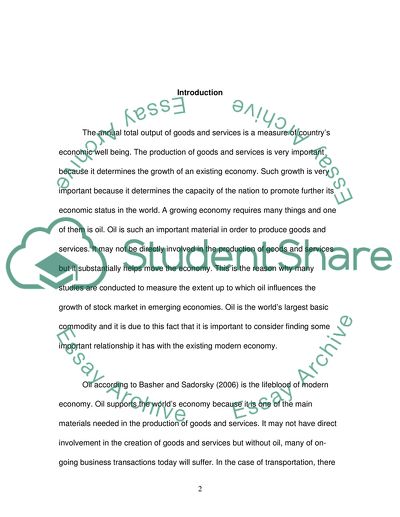Cite this document
(“Factors That Affect Emerging Stock Markets Literature review”, n.d.)
Factors That Affect Emerging Stock Markets Literature review. Retrieved from https://studentshare.org/marketing/1741983-the-effect-of-oil-prices-on-emerging-stock-markets
Factors That Affect Emerging Stock Markets Literature review. Retrieved from https://studentshare.org/marketing/1741983-the-effect-of-oil-prices-on-emerging-stock-markets
(Factors That Affect Emerging Stock Markets Literature Review)
Factors That Affect Emerging Stock Markets Literature Review. https://studentshare.org/marketing/1741983-the-effect-of-oil-prices-on-emerging-stock-markets.
Factors That Affect Emerging Stock Markets Literature Review. https://studentshare.org/marketing/1741983-the-effect-of-oil-prices-on-emerging-stock-markets.
“Factors That Affect Emerging Stock Markets Literature Review”, n.d. https://studentshare.org/marketing/1741983-the-effect-of-oil-prices-on-emerging-stock-markets.


